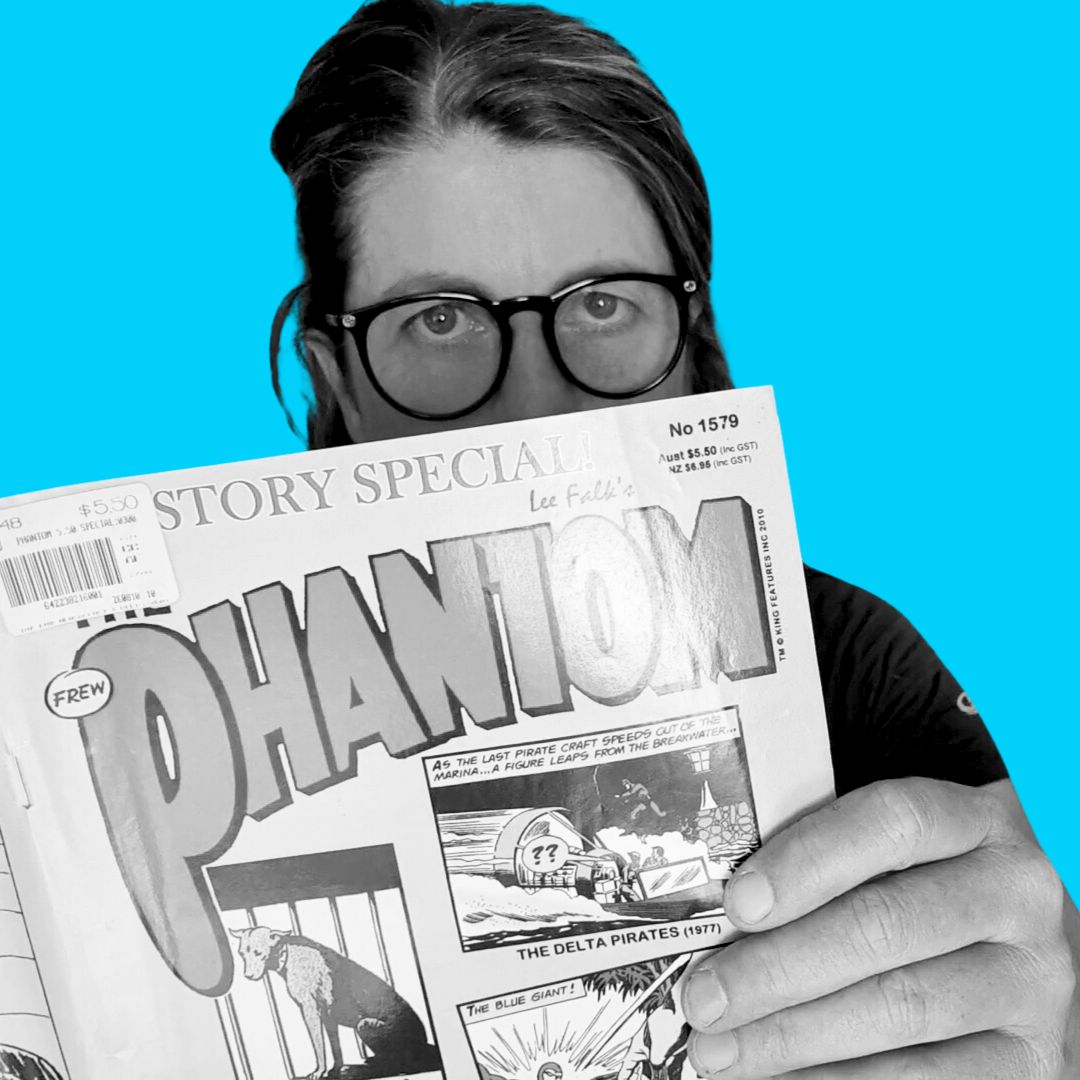A bunny rug.
A lucky charm.
Your mobile phone.
They help you feel safe. Their touch, sight or sound is like that of a reliable friend.
The human mind’s ability to imbue objects with value far beyond their function is a delightful skill. We are the only creatures on earth who can do this. All other animals reserve love for their kin, hate for their enemies, and hunger for food that will soon nourish them.
If only we humans could keep our lives that well aligned. But we forever embed emotions, personalities, and relationships where they shouldn’t exist. The prefrontal cortex is the main culprit for this unnatural behaviour, allowing us to conceptualise and project meaning.
A rug designed for warmth transforms into a ‘bunny rug’ that offers security. Then, as adults, many of us replace that rug with a mobile phone – a thing we clutch to feel connected, in control, befriended, and safe.
But all those good vibes come with a cost because that things that help us feel safe can also confine us.
Rising To The Challenge
Run Against Violence funded the development of an online training series called the Tuned In modules. They help facilitators working with young people to have trauma-informed conversations.
Around 40% of Australian children experience some form of maltreatment by the age of 15, so any teacher, workshop facilitator, or the like will interact with young people who have experienced trauma. The modules are designed to give the facilitator foundational skills to manage interactions in a sensitive and supportive manner.

The launch event for the Tuned In modules took place in Sydney a couple of months ago. I was asked to deliver a five-minute speech on behalf of RAV and given carte blanche to talk about whatever I thought was relevant.
I love writing short speeches. I enjoy the power of a concise message and seeing people’s reactions when the words resonate. I’ve seen people laugh, cry, stand up, and applaud in my talks—not because of me but rather because of the connection the words have made to their humanity, their lives, and the potential of the world they see around them.
Evoking that connection in under five minutes is challenging, and, well, you know how much I love a challenge.
I had a lot going on in the lead-up to the TuneIn launch, so I didn’t start thinking about the speech until the night before. I was staying in a hotel in downtown Sydney, and after dinner, I wandered around the streets thinking about what I wanted to say.
The ideas flowed, and I jotted notes on my mobile.
By the time I arrived back at my room, I had drafted a few bullet points—good bones, as I call them—something to build on in the morning. I showered and went to bed.
When I woke the next morning, I was having a bad word day. Words get crunched and twisted in my brain, and no amount of ironing (or coffee) will eliminate the creases.
Walking helps; the rhythm and fresh air help me find the beats of the syllables, words and sentences. I walked to get coffee and then to the bakery for a sneaky treat. I walked around the harbour, smiling and chatting to a few familiar faces.
I muttered to myself all the way. I found the sentences and fitted them together, repeated, refined, and tested the timing.
Goodbye Anchor
Remember the story I shared with you about my worst public speaking moment? That memory is one of the reasons I practice so much. I want to embed the words into my cerebellum so that even if nerves kick in, I can recall what I was going to say with a simple prompt of a few words on my notes or a slide.
But over the years, I also learned that memorisation has a far more powerful and valuable benefit.
Whenever my eyes cast down to look at my notes, I lose connection with the people I’m talking with, and it’s not just a case of losing eye contact.
It’s the energetic connection that gets lost, it breaks the group’s closeness is broken, like an invisible wall has risen. I no longer feel part of the group. I’m separated.
It’s hard to fathom that a short glance at a note could do that, but it does. Next time you watch someone speak, pay attention to your inner response when they look at notes. Observe the questions that come into your mind.
While listening to the speaker before me, I fiddled with my phone.
I’m having a bad word day, the voice inside my mind offered, I’ll use the phone today.
You don’t need it. I counter-argued myself. Nail the first sentence, and the rest will flow. The phone will be a distraction. You’ll want to look at it even if you don’t need it. It will break your flow. Leave it on the seat when you get up.
I flipped and flopped between the options until time ran out.
I got up to speak with my phone in my hand.
I took a few steps and stopped.
I turned and placed the phone back on my seat.
…
We all gathered for morning tea after the formalities were done. We chatted, smiled and took photos.
One person said to me; “Who does that? Who gets up in front of an audience and nails a speech without notes, slides or anything?”
People still comment on that speech and how they wish they had recorded it.
For me, the biggest reward was in remembering that if we truly want to fly we have to be willing to cut the anchor ropes. When I let go of the things that make me feel safe, the only choice that remains is to take the leap of faith and trust myself.



